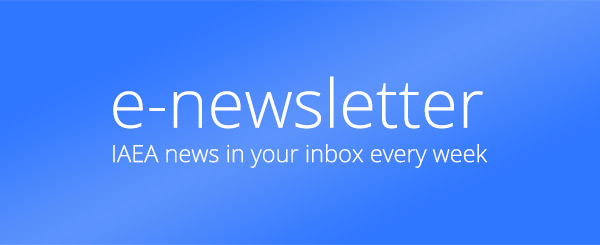
If you would like to learn more about the IAEA’s work, sign up for our weekly updates containing our most important news, multimedia and more.

Sentinel Lymph Node Investigations

SYNOPTIC - STRUCTURED REPORT - KEY ELEMENTS
STRUCTURED TEMPLATES
The written report is the final product of the Nuclear Medicine consultation. Reports must contain specific information to identify the patient, the specific procedure, indications for the examination, radiopharmaceutical used and activity administered, route of administration, interval between tracer administration and imaging, succinct technical information about data acquisition and processing (especially the use and dose of additional drugs such as adenosine, CCK, morphine, lasix, etc), specific image and data analysis findings, and a conclusion.
The report should be concise, clear and specific. Standard anatomic designations and physiologic descriptors should be used. Jargon terms, such as "defect" or "photopenia", should not appear in the report. When possible, lesions should be specifically enumerated, physical size measured, and uptake quantified. When lesions are very numerous, the major areas of involvement should be specifically identified. When previous examinations are available, the improvement, progression or stability of disease should be identified. Examples of specific reports are contained with a description of each of the imaging procedures.
GENERAL STRUCTURE
The following elements should be included in all reports:
Patient identifier: Name, gender, birth date, medical record number
Date procedure started and date reported
Procedure Title
Indication: Brief statement of clinical problem and question to be answered
Technical factors: Radiopharmaceutical, dose, route of administration, type of scan, interval between injection and imaging, interventions
Reference to prior examination of the same type
Reference to other procedures
Findings: Address clinical question first.
Interpretation: As definitive as possible and avoid repetition of findings.
SENTINEL LYMPH NODE LOCALIZATION PERFORMED ON [date]
Clinical Statement: 55 year old woman with left breast cancer for sentinel lymph node localization.
Comparison: Nine
Correlation: CT scan performed [date]
Technique: [XX] minutes after intradermal administration of [XX] mCi 99mTcSulfur colloid over the lesion in the left breast, emission and transmission scans of the left chest were recorded.
Findings: Residual activity is present at the left breast injection site. Two foci of activity are seen in the left axilla, corresponding to sentinel lymph nodes.
Impression: Sentinel lymph nodes identified in the left axilla.
